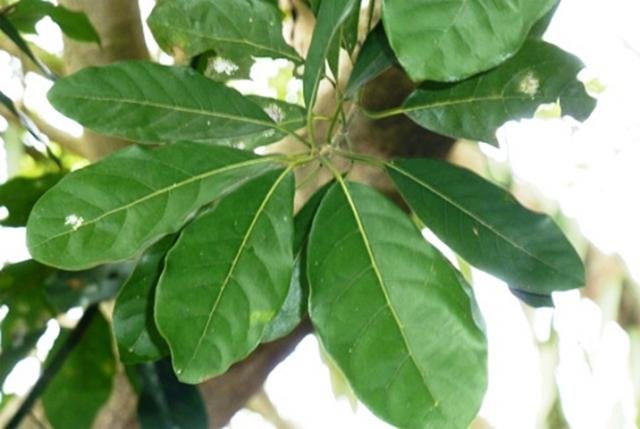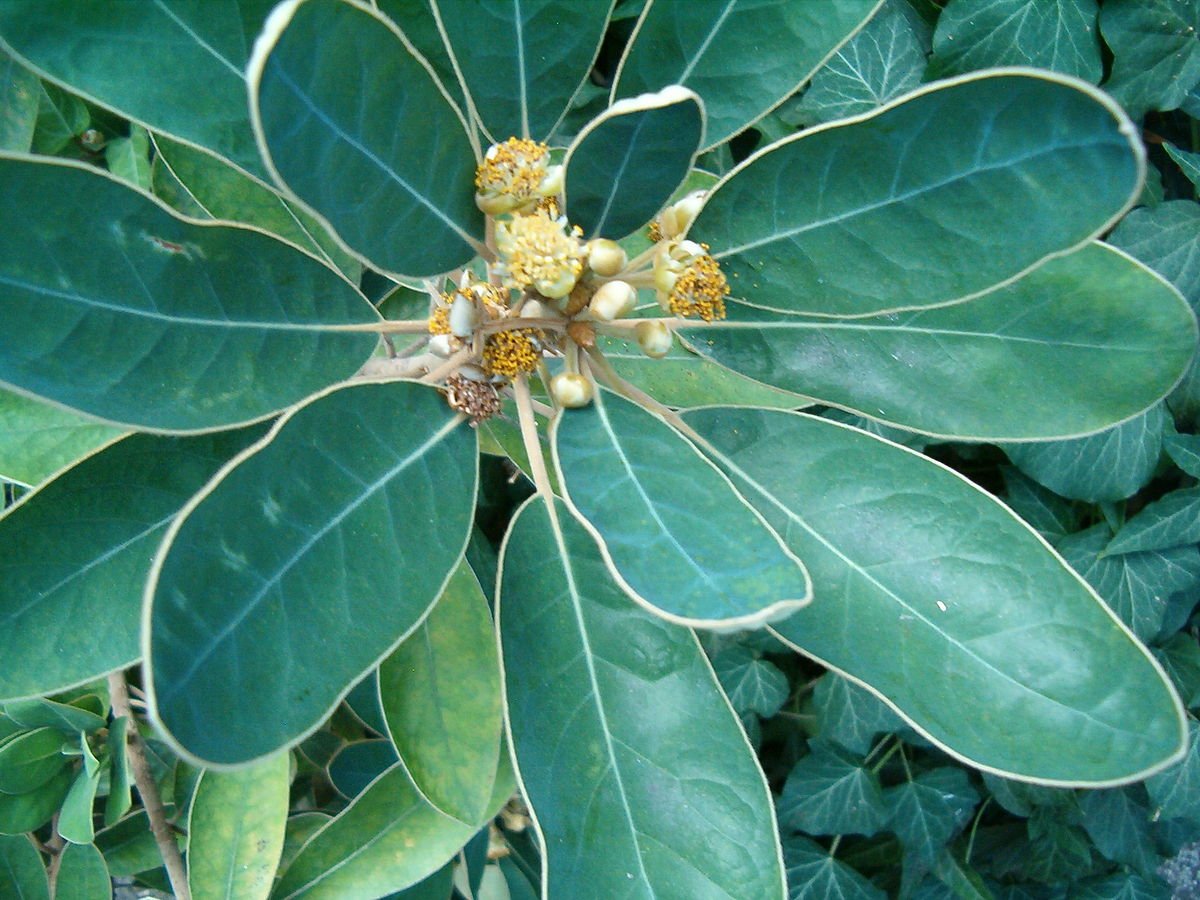Medasaka (Litsea chinensis) Medicinal uses and pharmacology
Medasaka- Litsea chinensis is a plant used for the treatment of cough, swelling, fracture, diarrhea and dryness of the skin.
Latin name- Litsea chinensis Lour.
Family- Lauraceae
Names in different languages of Medasak:
Hindi – Maida lakadi
English – Common tallow laurifolia
Arabic name – Magase
Bengali name – Kukurachithe
Gujarathi – Meda lakadi
Malayalam – Karkameda
Parsi name- Kilj
Punjab – Medasaka
Tamil – Medala Kavi
Telugu – Meda
Sanskrit Synonyms:
Gandhaparna- The leaves are aromatic
Sadaparna- The leaves are always green and lush
Medakavi
Morphology of Litsea chinensis:
Medasaka is an evergreen tree growing to a height up to 20-25 m and is found all over India to an altitude of 4500 feet. The bark of the tree is pale brown outside and reddish colored from inside. The leaves are 4-6 inch long and covered by small hair like structure. The flowers are small and yellow in color. They are seen in the month of June- July. The fruits are small, round and black to purple in color, seen in the month of September- October.
Medicinal properties of Litsea chinensis
Rasa (Taste) – Katu (Pungent), Tikta (Bitter), Kashaya (Astringent)
Guna (Qualities) – Laghu (Light for digestion), Snigdha (Slimy)
Vipaka – Katu (Undergoes Pungent taste after digestion)
Veerya (Potency) – Ushna (Hot)
Karma (Actions) – Vata shamaka (reduces vitiated vata dosha)
Part used- Bark
Dosage-
Powder- 1 to 3 g

Chemical composition of Litsea chinensis:
The bark of the tree contains Laurotetanine, actinodaphnine, boldine, norboldine, sebiferine. The leaves contain flavonoid, naringerin, naringin kaempferol, 7-glucoside, quercetin and its 3-rhamnaside peglaragonidin –3 and 5-glucoside cystine, glycine etc.
मेदासको लघुः स्निग्धः कटुस्तिक्तः कषायकं ।
उष्णोवातकफौ हन्ति शोथशूलविनाशनः॥
दीपनः स्तम्भनश्र्चैव सर्ववातविकारनुत् ।
अग्निमांह्येऽतिसारे च रक्तस्रावे च उज्यते॥ ( द्र.गु.वि)
Uses of Medasaka:
- The powdered bark of the plant, known as jiggat, may be used as an adhesive paste inincense stick
- Bark extract oil from Litsea chinensis shows anti-helminthic activity against earth worms and tapeworms in a dose of 5-8 drops.
- The grinded bark is used as paste externally in bruises, sprains, rheumatic and gouty joints. It is also used as a styptic dressing for wounds.
- The decoction of the bark of Medasaka is consumed in a dose of 15-20 ml to treat diarrhea and bleeding piles.
- The oil extracted from the bark of the tree is applied externally to relieve pain and inflammation of the joints.
- The paste of the bark of Medasaka is applied over the area of fractures and covered with cloth, to fasten healing.
- The oil of Litsea chinensis is gently rubbed over skin to prevent drying of skin.
- The cold infusion prepared from the leaf of Medasaka is given in a dose of 25-30 ml to treat cough and low back ache.
Adverse effects: No known adverse effect is known or reported after the normal use of Medasaka.
Ayurvedic medicines containing Medasaka:
Asthi sandanak lepa: It is an Ayurvedic medicine in paste form, used to apply externally to heal fractures and dislocations.
Bonton capsule: It is a proprietary Ayurvedic medicine. It promotes early fracture reunion, improves blood supply at fracture site, reduce associated pain and inflammation. Improves bone mass density.
Research articles related to Litsea chinensis:
Analgesic activity: The present study was designed to evaluate analgesic potential of the ethanolic extract of the bark of the plant. The extract, at the dose of 100 and 300 mg/ Kg, has shown a significant (p<0.05) increase in pain threshold in hotplate, as compared with control group.
Anti- nociceptive property: Antinociceptive property of leaves extract of Litsea glutinosa was evaluated by abdominal writhing and tail flick methods using mice. Ethanol extract of leaves was tested at three different concentrations 100 mg/kg, 200 mg/kg and 300 mg/kg body weight orally. Results showed that, among three different dosages, dosage of 300mg/kg (65%) significantly inhibited the nociception induced by acetic acid when compared to dosage of 100 mg/kg (36.64%) and 200 mg/kg (52.79%).
Anti- pyretic and anti- inflammatory action: The study was conducted to evaluate the in vitro thrombolytic activity, and in vivo analgesic, anti-inflammatory and antipyretic potentials of different hydrocarbon soluble extracts of Litsea glutinosa leaves. Our results yield that the crude hydroalcoholic extract has better effects than the other in all trials. In the context, it can be said that the leaves of L. glutinosa possess remarkable pharmacological effects, and justify its traditional use as analgesic, antipyretic, anti-inflammatory, and thrombolytic agent.
Phytochemical investigations of a MeOH extract obtained from the heartwoods of the Litsea glutinosa (Lauraceae) led to the isolation and characterization of four new butenolides, (3R,4S,5S)-2-hexadecyl-3-hydroxy-4-methylbutanolide 1, litsealactone C (2), and litsealactone D (4), litsealactone G (5), and a new benzoic acid derivative named eusmoside C (3). The structures of these compounds were elucidated on the basis of spectral studies.
Classical categorization:
Bhavaprakasha- Parisesha
Nighantu Adarsha- Karpooradi varga
Samsthanika prayoga:
Bahya – Sandhisotha, Asthibhagna, Abhighata
Abhyanthara – Grdhrasi, vataraktha, katisoola, Amavata.
Pachana Samsthana – Agnimandhya, Atisara.
Rakthavaha Samsthana – Sotharoga.
Swasanavaha – Jirnakasa
Prajanana – Klaibya


